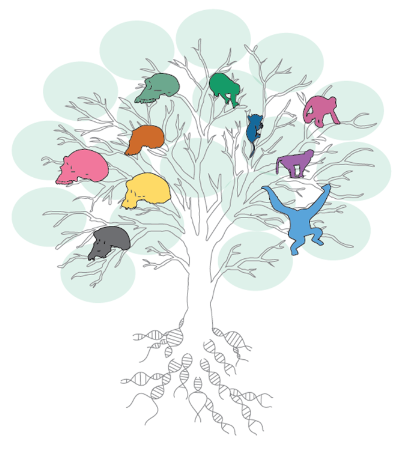Ours is a biocultural species. More than any other life form on the
planet, humans rely on their culture, the sum of accumulated knowledge,
ideas, and practices that we are exposed in our lives, to survive. Our
reliance on culture made us extremely efficient in occupying
environments that are beyond our biological means to be able to survive.
Through our innovations, we are able to protect ourselves from the
harshest conditions on the planet. Even more than that: we are able to
change the environments around us to serve our needs. We domesticated
plants and animals, created machines to mass produce tools and goods,
and unified the planet by creating ways to exchange information across
continents in miliseconds.
Our reliance on culture makes us a unique life form on the planet. But
not unique because we are separated from other life. Nor are we unique
because we are better than other species. We are unique because we took
characteristics that are shared by other species and took them to a
whole new level of development. The diversity we see across the globe in
shapes, forms, languages, ideas, and values, is the result of our long
evolution. And evolution is all about context. What were the
environments that shaped our development as a species? How were we able
to spread across the planet? What allowed us to invest in remarkable,
albeit expensive, large brains? What allowed us or forced us to develop
the tools that facilitate our lives? All these questions can only be
answered if we understand the context that surronded the evolution as
our species.
No other discipline is better suited to study and understand the context
of the human species as biological anthropology,
dedicated to the study of the study of the biocultural diversity of
humans, from its origins among our remote ancestors to the miriad of
ways through which this diversity manifested itself across time and
throughout the planet. We believe that learning about biological
anthropology is crucial for students of any background and age, and that
it is a central role of any professional in the discipline to create
effective ways to teach about it.
We created DEM3 to develop a better way to teach Biological Anthropology
to our college students. We were looking for something that would allow
us to estimulate
critical thinking and
curiosity among students from different backgrounds
and interests, facilitating interactive component that would allow
students actively engage with our content.
We wanted something that would cater to both in-person and online
students, and that offered students different ways to explore and engage
with topics of human variation, evolution, and diversity This webpage
showcases the outcome of our work together. Explore and see the
different resources we have gathered as a team, and if you have any
suggestions, ideas, or want to reach out to, don't be shy!
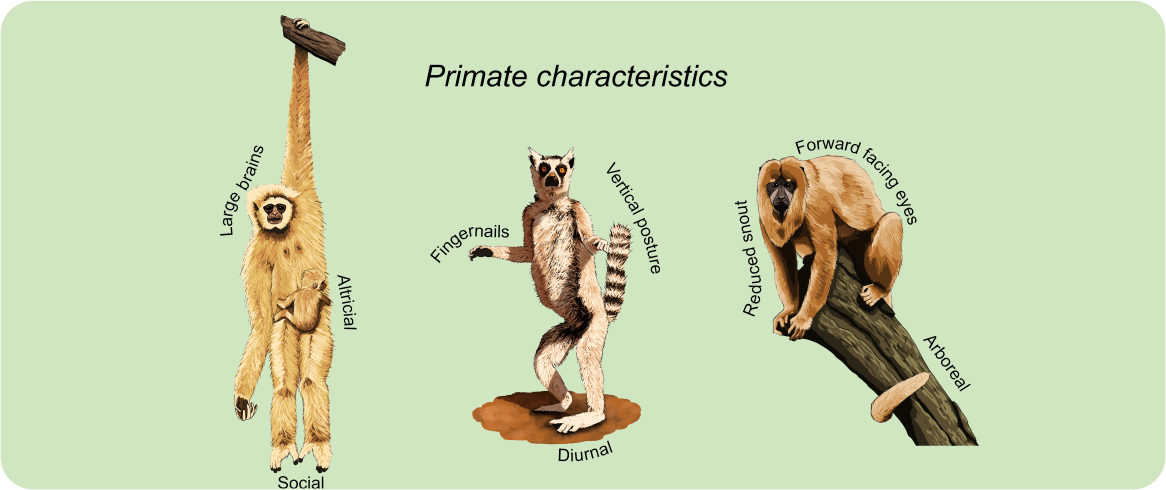
The main characteristics of primates
Our teaching material uses material created exclusively for it
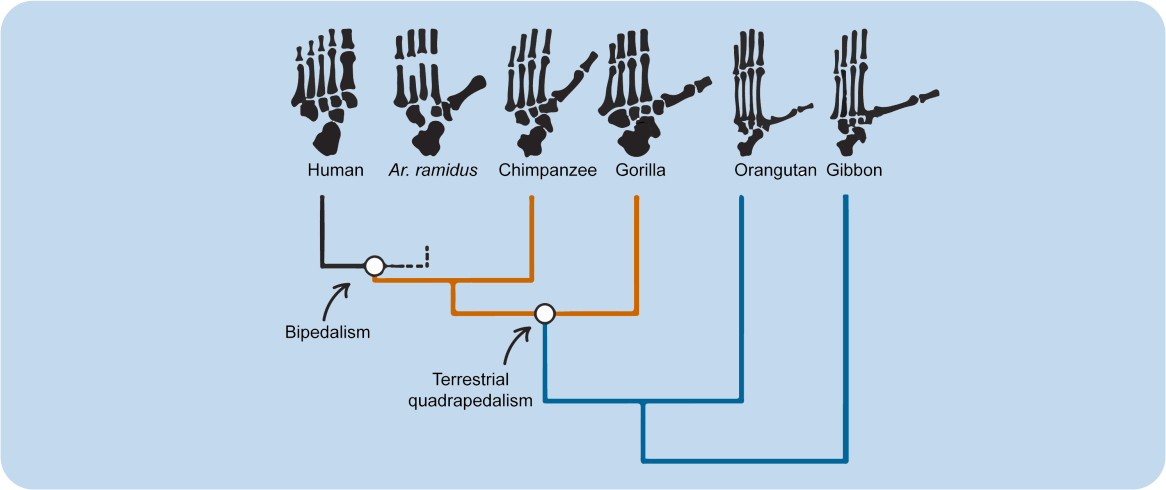
The cladogram of hominin feet
Simplified diagrams allow students to follow the content of each
lab
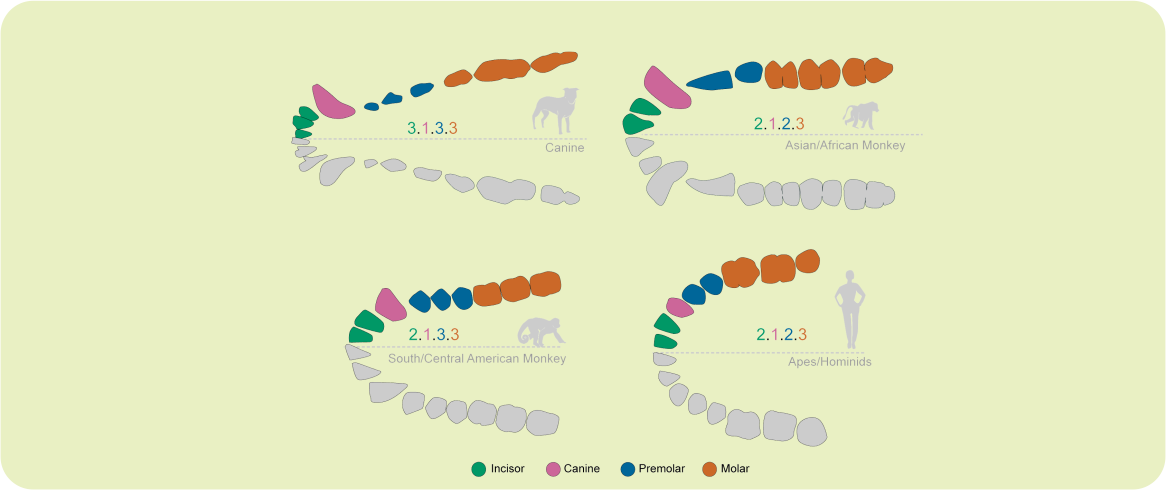
Primate dental formula
All images are accessible and color-blind friendly
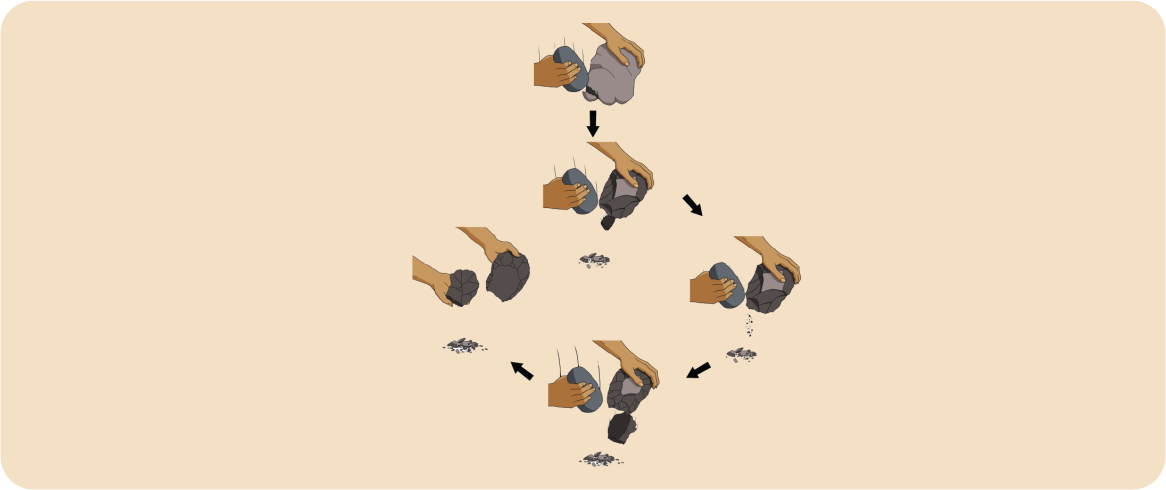
The process of creating oldowan tools
Illustrations of processes complement multimedia resources to
facilitate learning
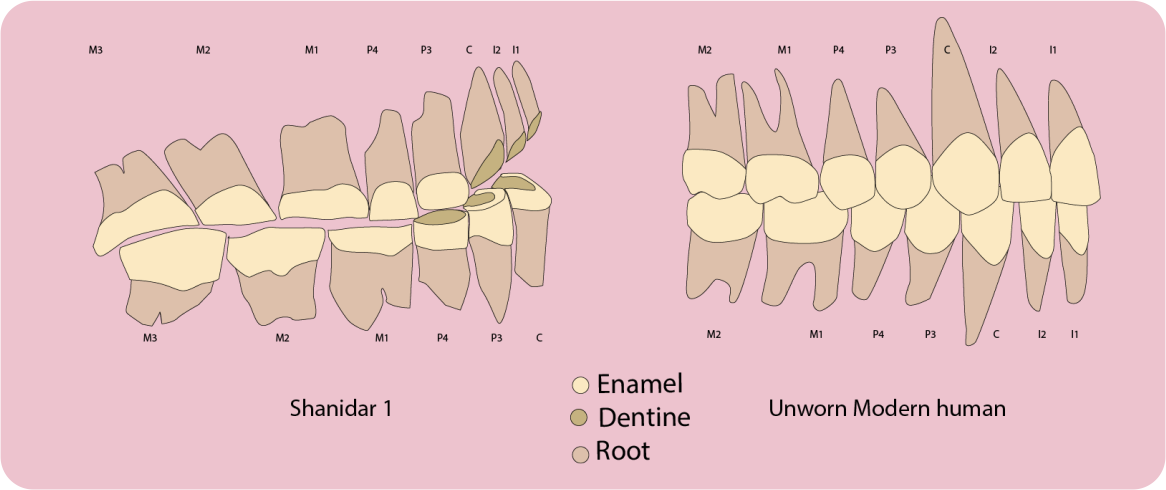
Dental wear pattern of the Shanidar mandible
Illustrations complement fossil pictures and 3D models to
facilitate understanding
We have our website up and running, with details on our lab
manual, textbook progress, and teaching resources.
Updated: July 5, 2023

Melissa Clark
Department of World Languages, Literatures, and Cultures
Cleveland State University
@digsteeth

Douglas Crews
Department of Anthropology
Ohio State University

Mark Hubbe
Department of Anthropology
Ohio State University

Emma Lagan
Peabody Museum of Archaeology & Ethnography
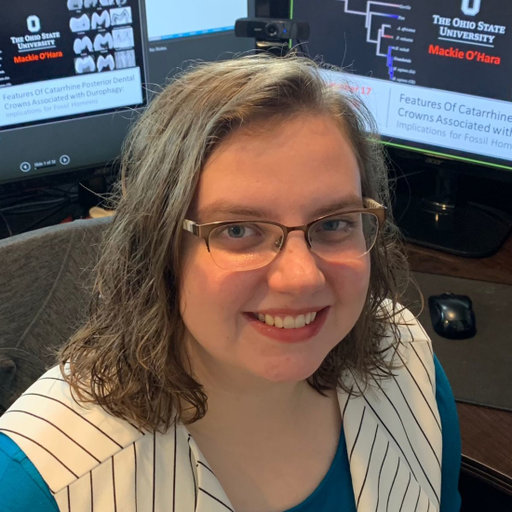
Mackie O'Hara
School of Anthropology and Conservation
University of Kent





